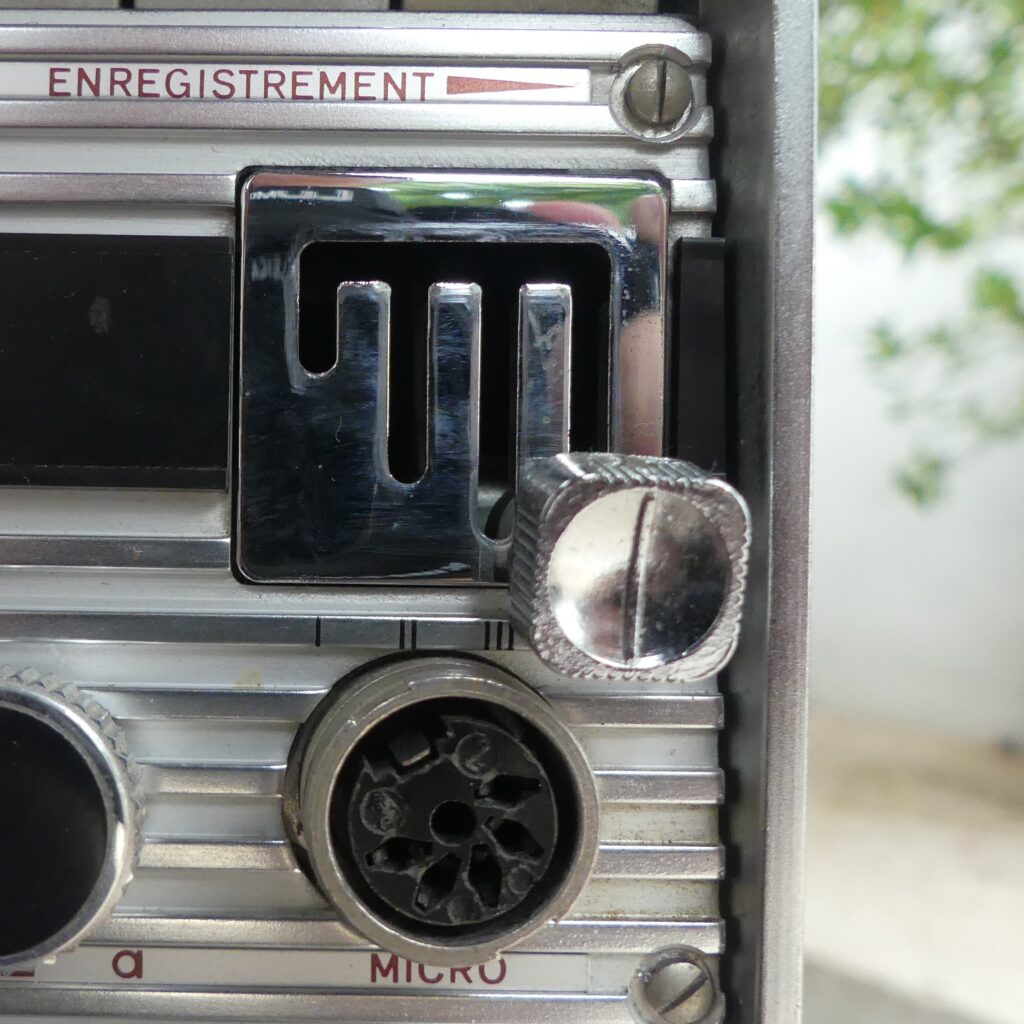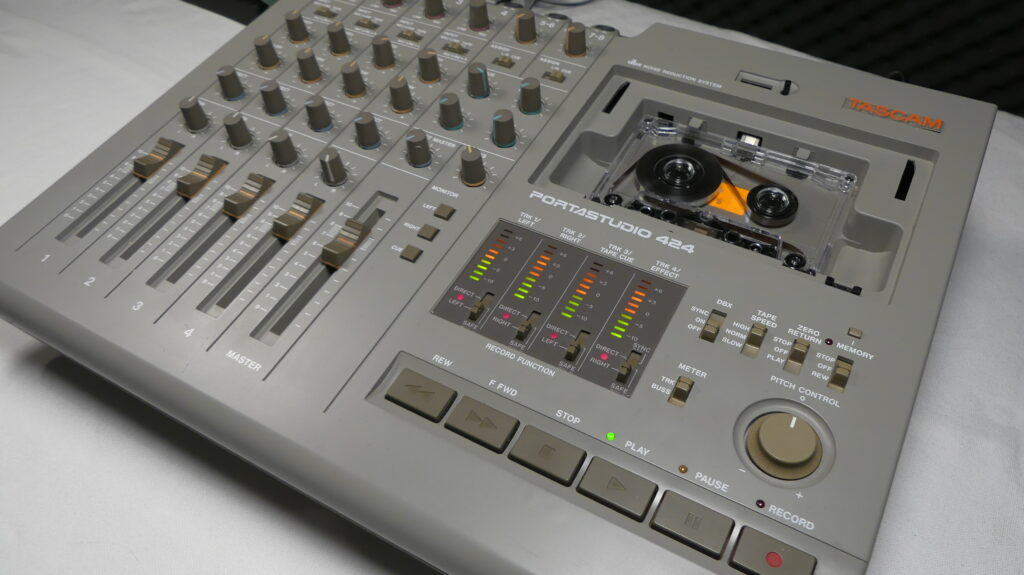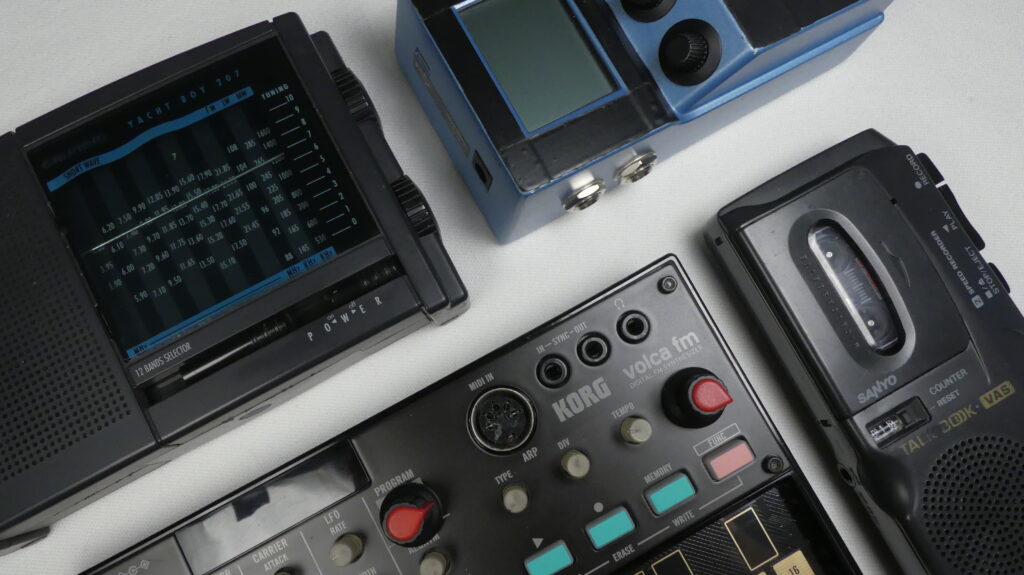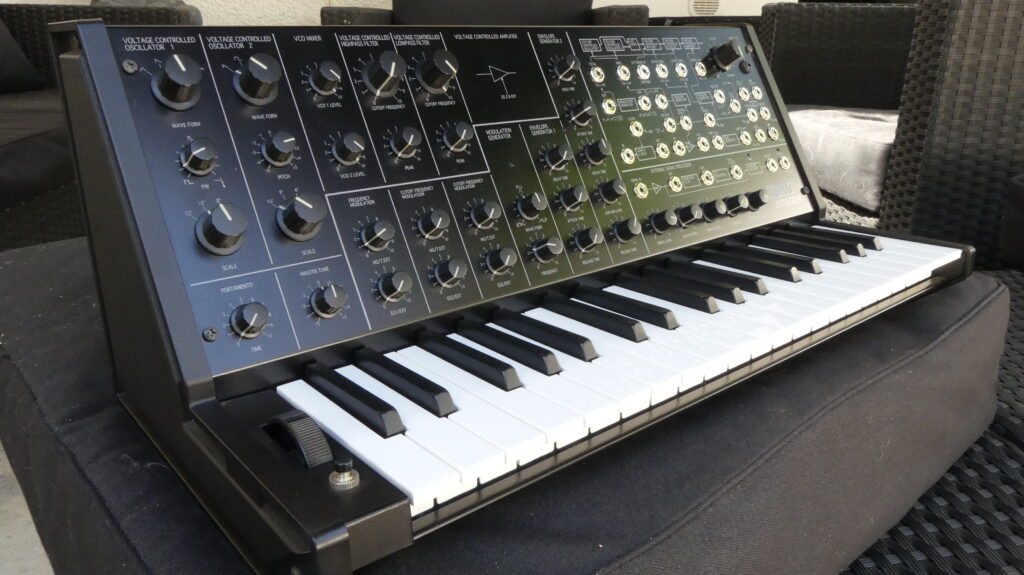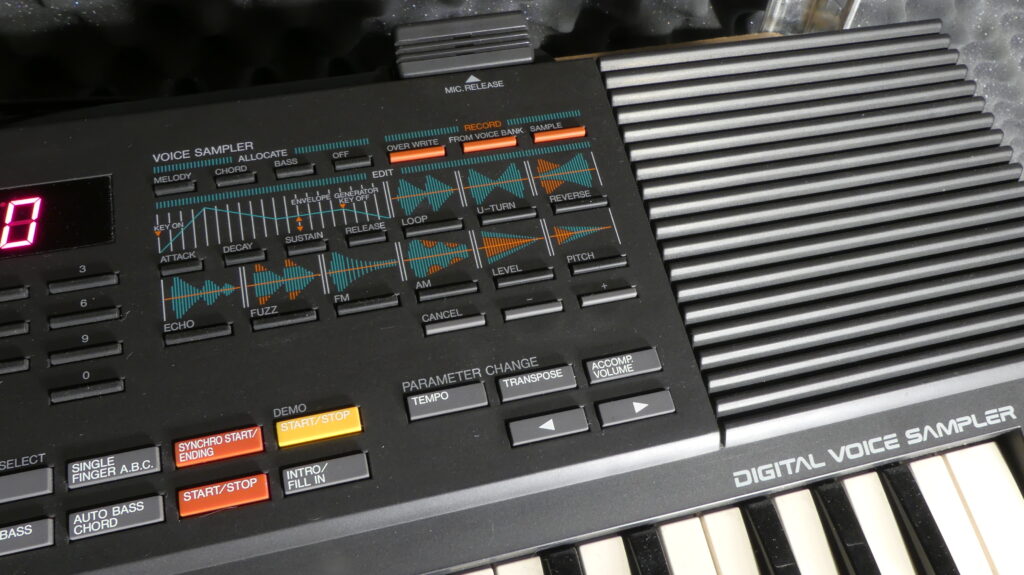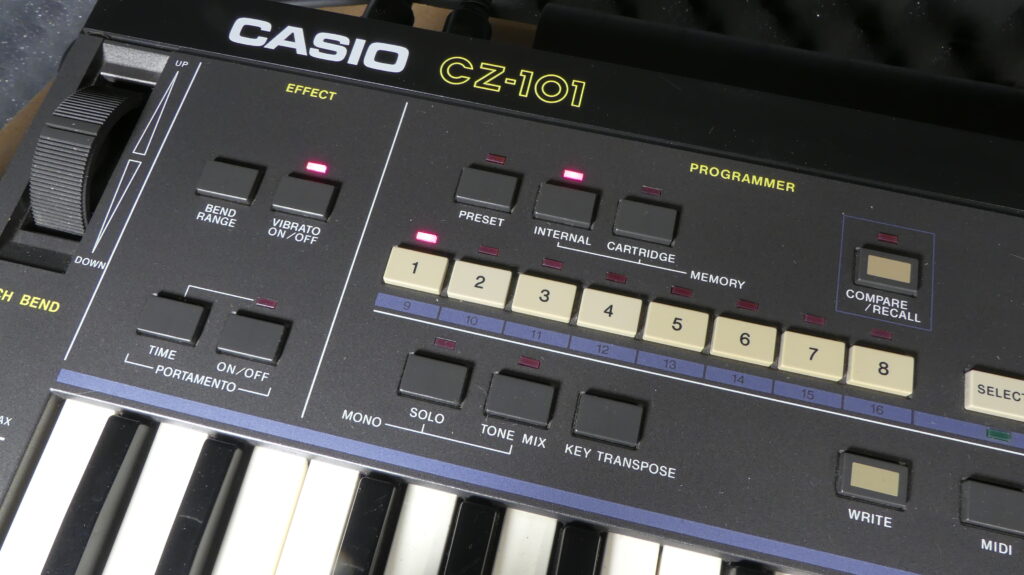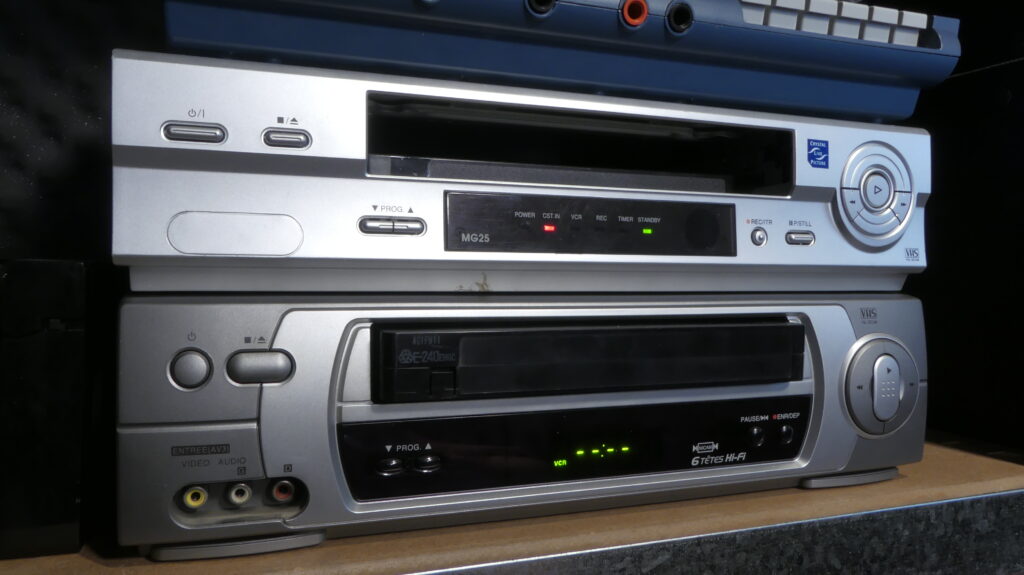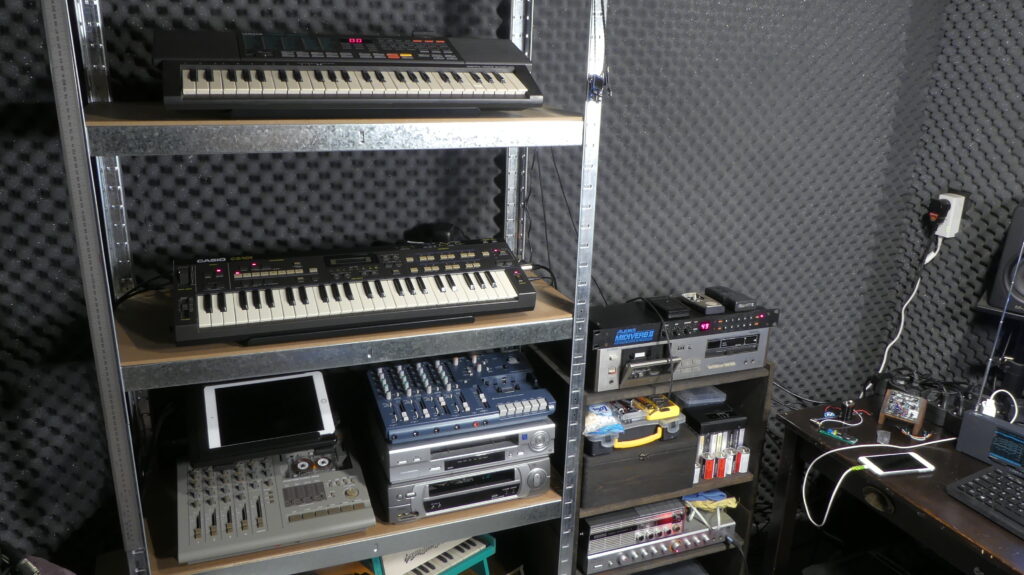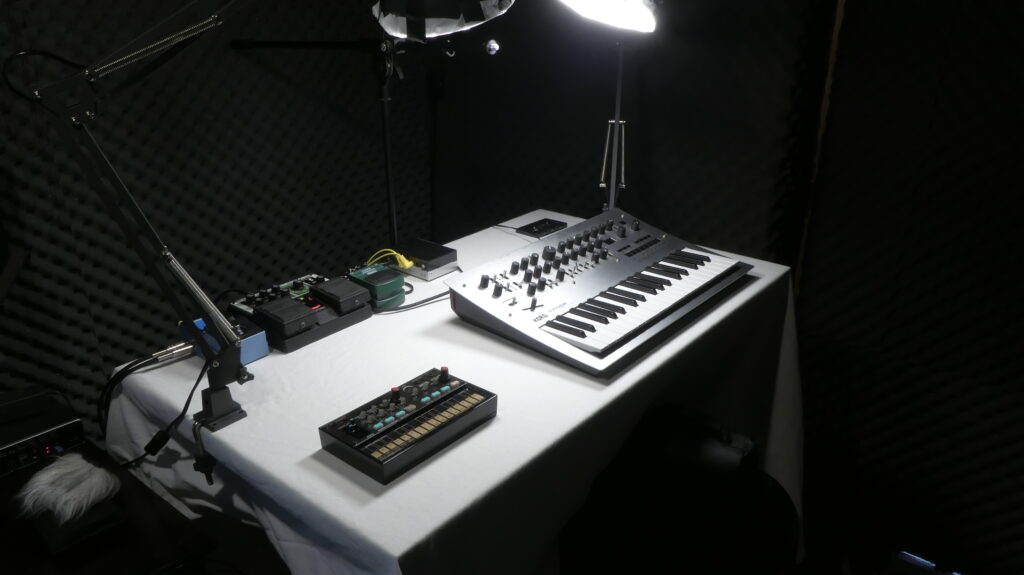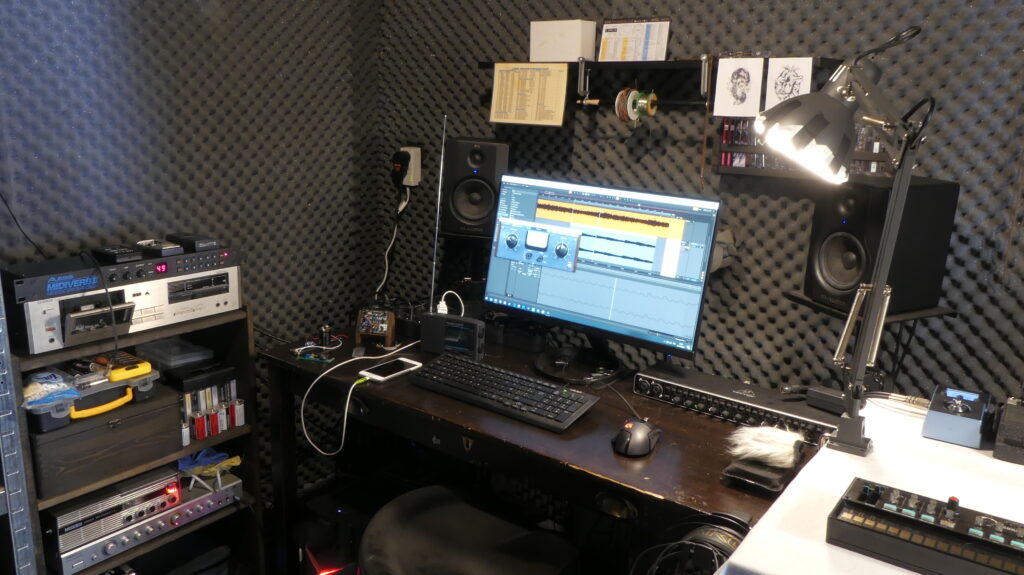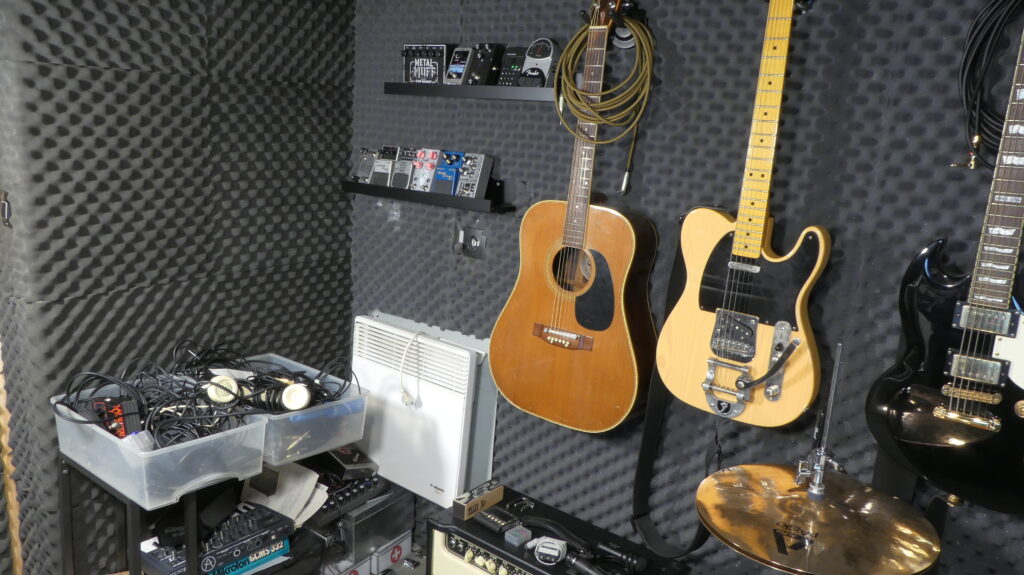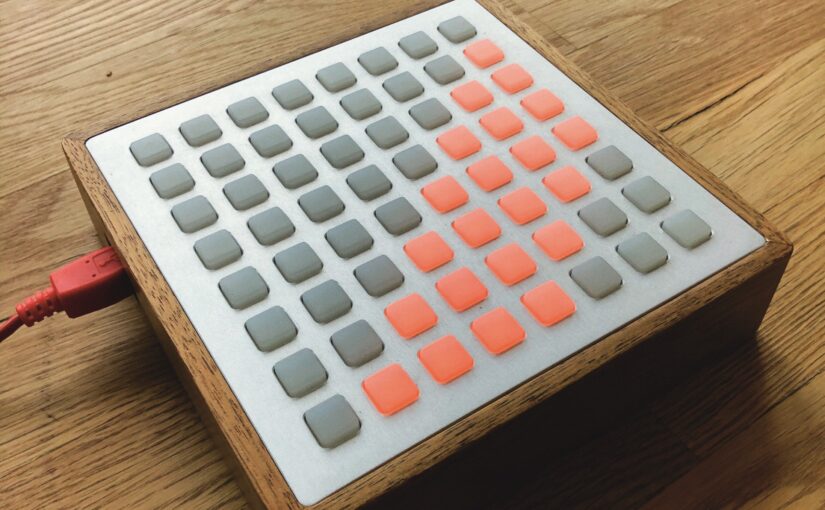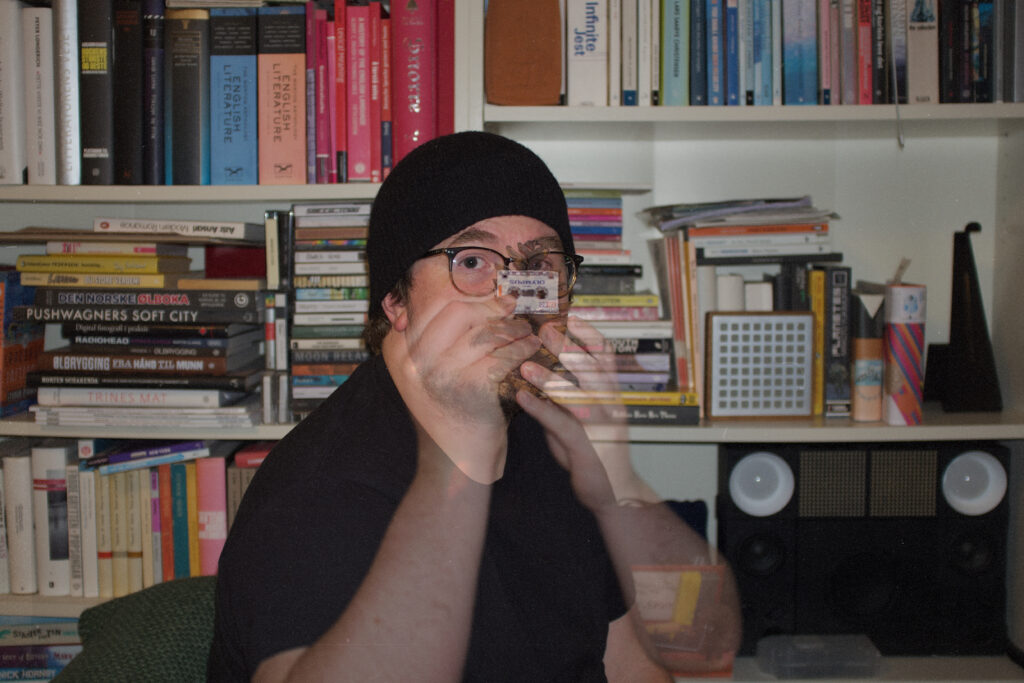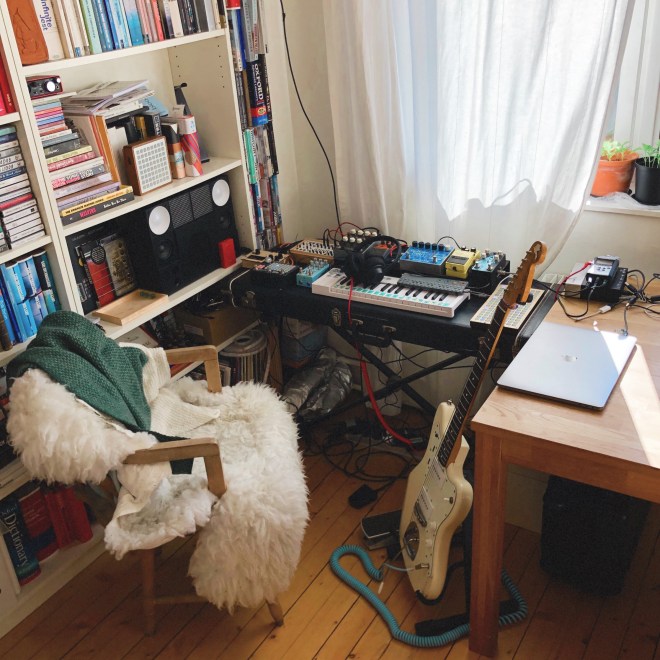1. Favourite knob/fader/switch on a piece of gear and why?

One of my favorite knobs are all the Arturia MicroFreak potentiometers, but my fav thing about the MF is the touch sensitive keyboard (I was scared at the beginning, but now I’m totally in love).
Another thing that I like so much, are the wooden and clicky buttons of the OrganelleM.
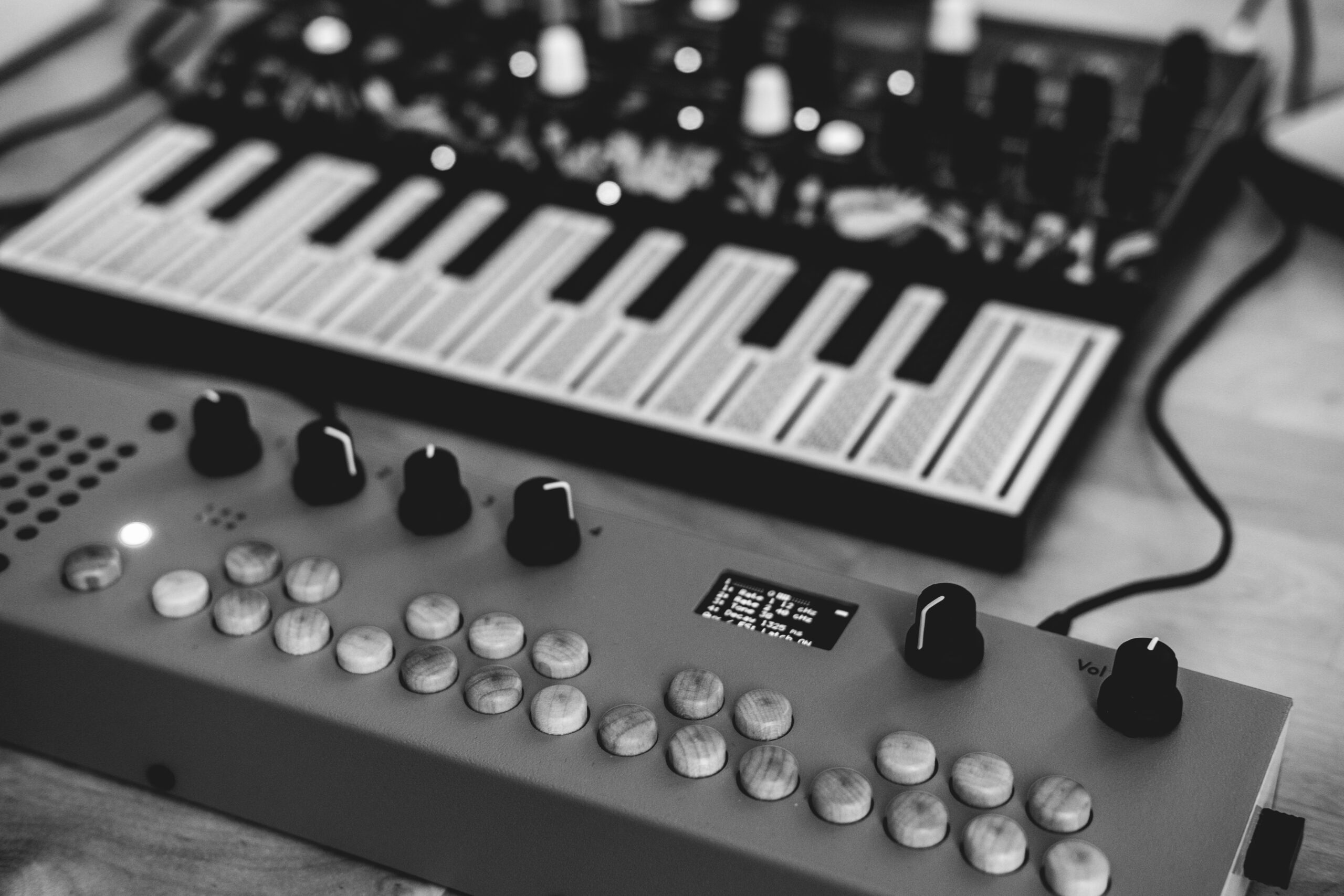
2. Do you have an ‘almost’ perfect bit of kit? What would you change?
I don’t own many things, I have the Critter & Guitari Organelle M, Norns Shield by Garret Labs (+ Novation Launchpad Mini MK2 as 64 “Grid”), Arturia MicroFreak, Koma Elektronic Field Kit FX, Zoom MS-70CDR pedal and an old Panasonic Dictaphone.
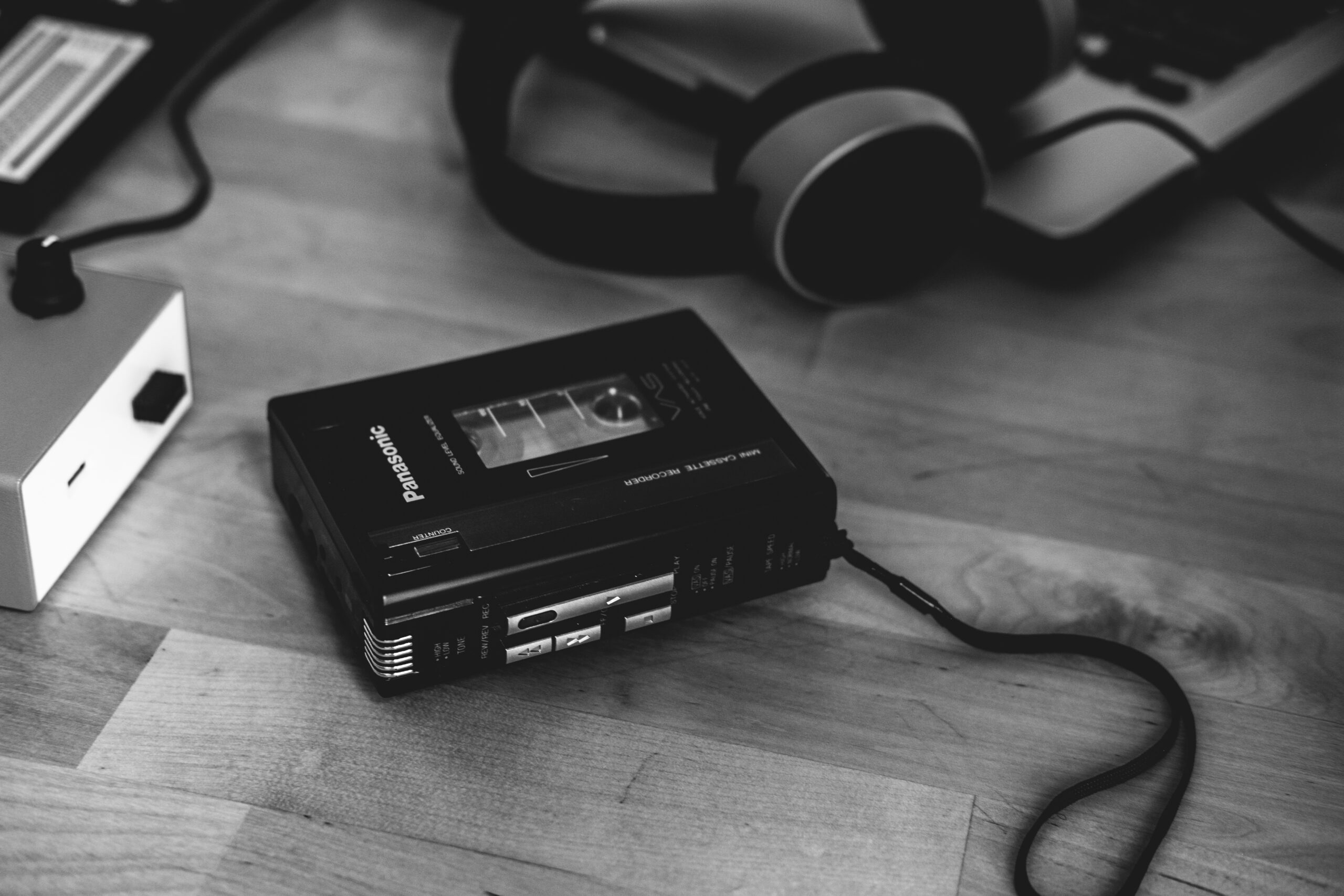
I use an old version of Ableton Live Intro (8), just as multitrack recorder + Audacity and Adobe Audition for “editing” with Zoom U-22 as audio interface.
I would love to start/switch into the modular world, but for now I’m learning/trying this great and awesome world with VCV Rack 2.
Also the Ciat-Lonbarde ecosystem, it fascinates me a lot.
3. What setup do you bring on holiday/tour/commute etc.?
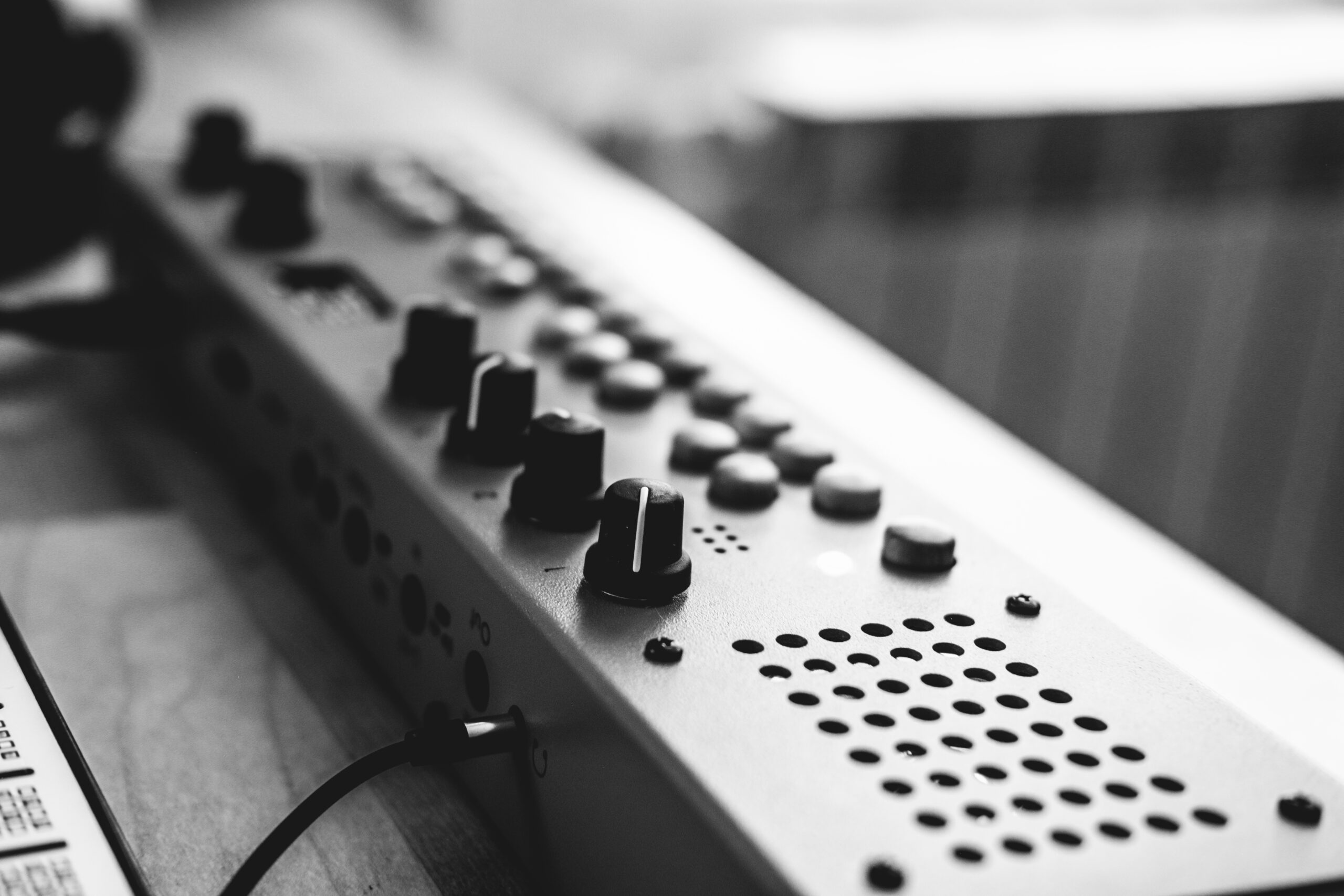
Organelle M is the perfect companion in combination with the Norns Shield (with external power bank) and Zoom MS-70CDR.
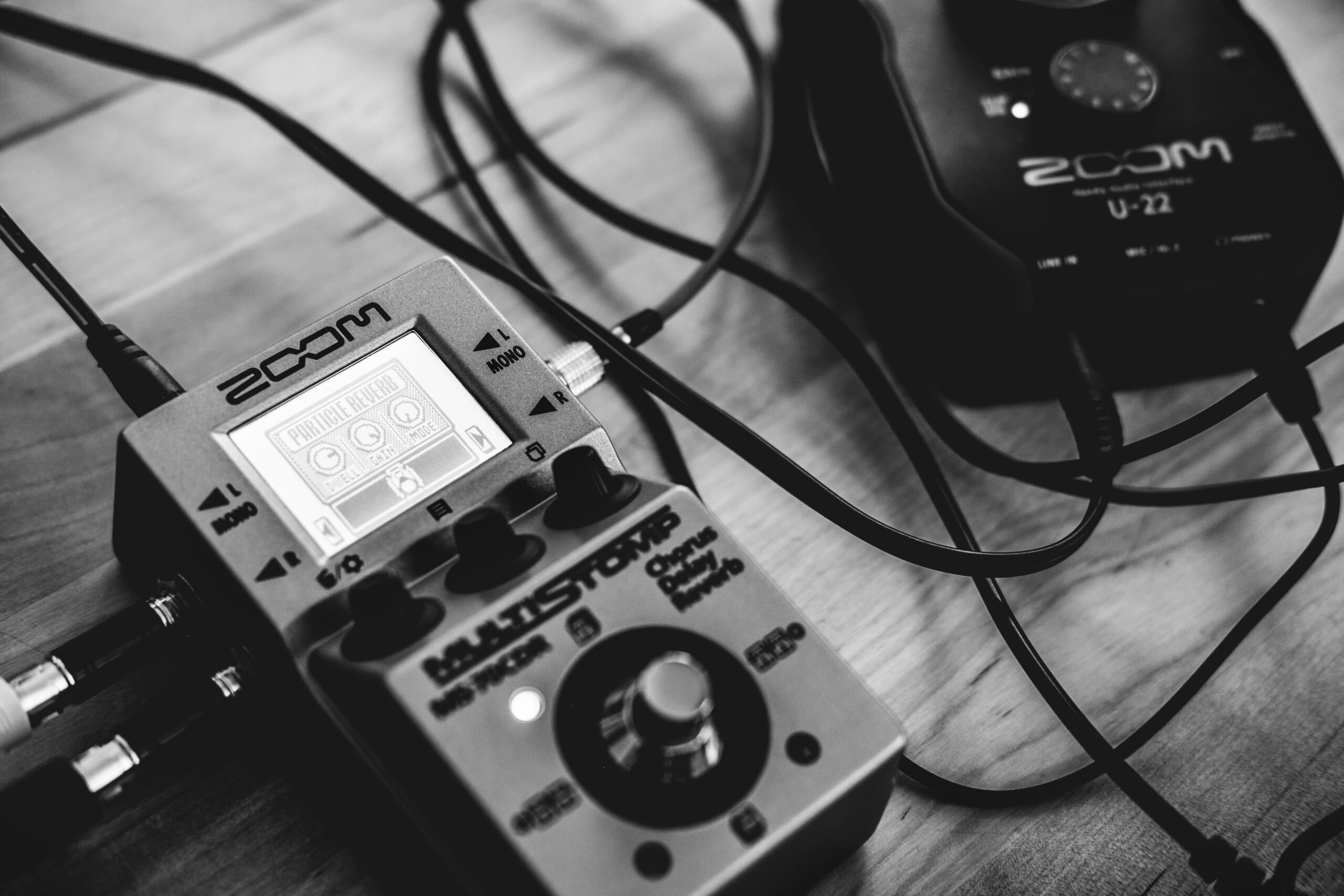
4. What software do you wish was hardware and vice versa?
Valhalla Supermassive as a real pedal and almost all the Splice VST effects.
I would love to have all the Ciat-Lonbarde (Cocoquantus, Deerhorn Organ, Sidrax Organ, Tocante, etc …) as virtual instruments, to try/learn their workflow.
5. Is there anything you regret selling… or regret buying?
Regret selling, the Boss SP-202 and the Yamaha MT50 4 track cassette recorder.
Regret buying, probably nothing, all the equipment that I’ve had, have in some way either good or bad things about them, that help me to learn something.
6. What gear has inspired you to produce the most music?
Norns Shield and Organelle M are my main “brains”, especially with generative scripts / patches.
I like to control them with 2host USB (Midi USB-USB) or sequencing the MicroFreak.
Sometimes I like to record samples / fields recording, with piezo mic on the Koma Field Kit FX or with the Dictaphone.
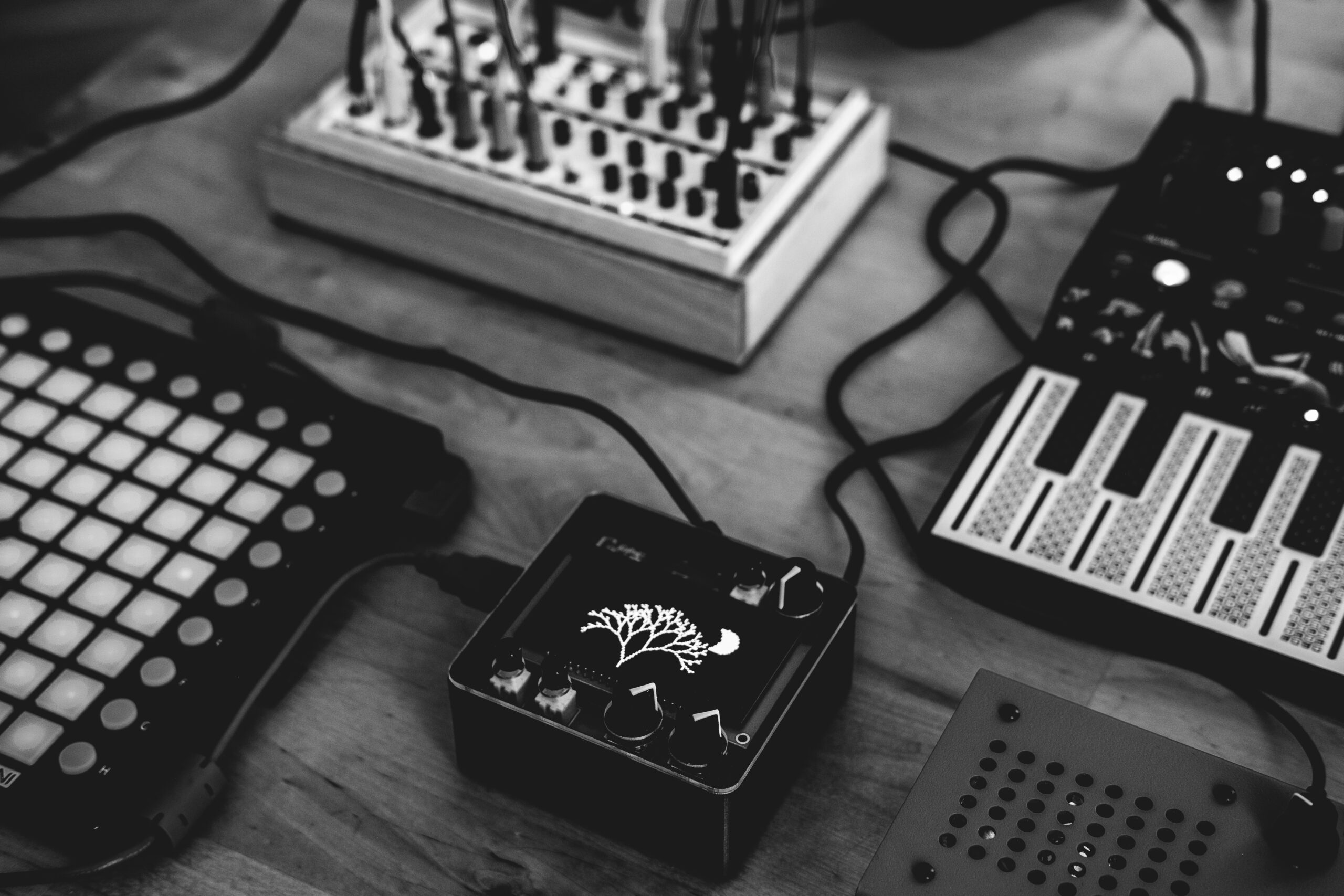
7. If you had to start over, what would you get first?
I’m not consider myself as “musician”, my workflow is about feelings, insights and following the flow, so maybe probably, learn and study music theory and a lot of things that I don’t know, even if I like (perhaps too much) the transportation and philosophy of the generative music.
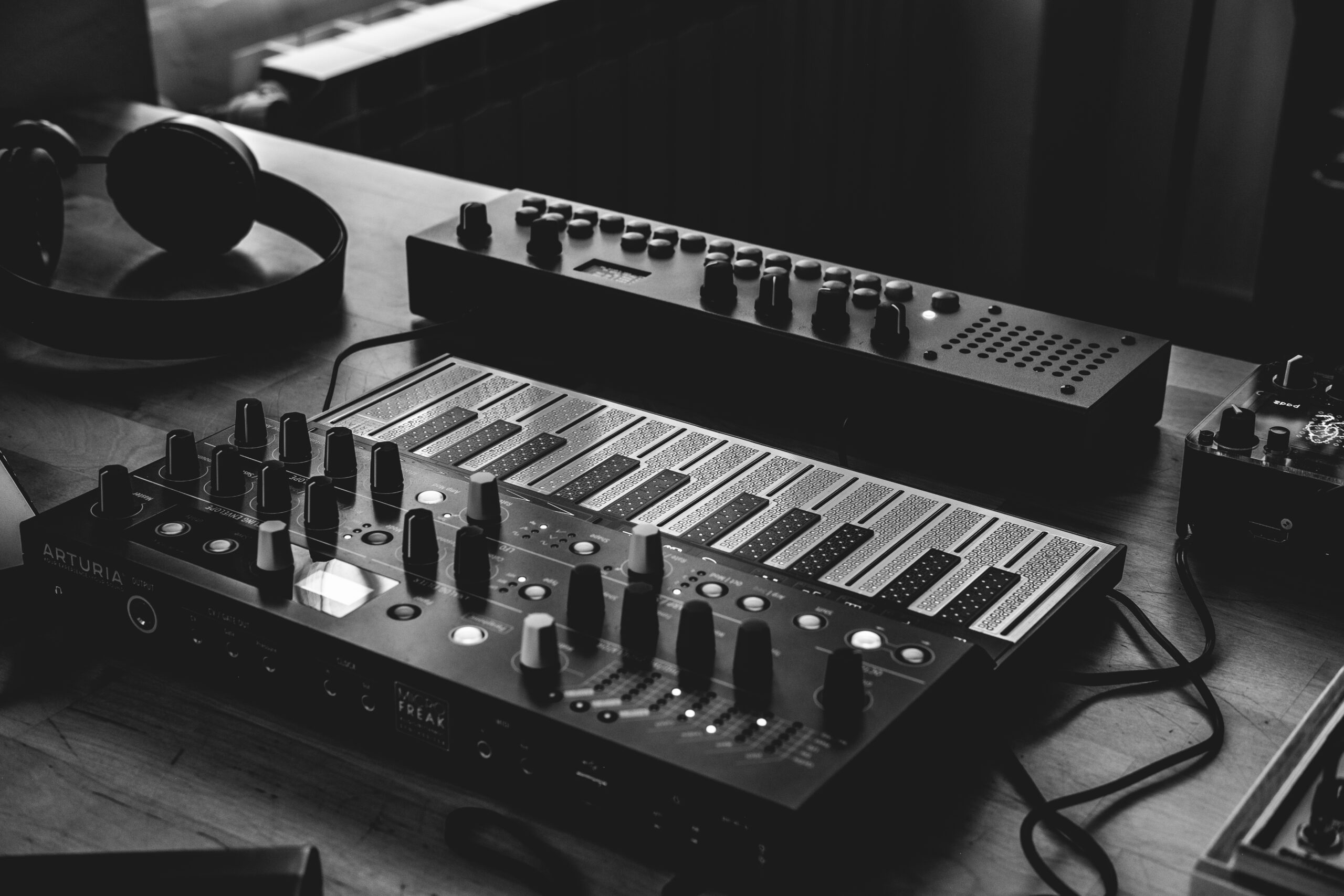
8. What’s the most annoying piece of gear you have, that you just can’t live without?
Cables and power adapters.
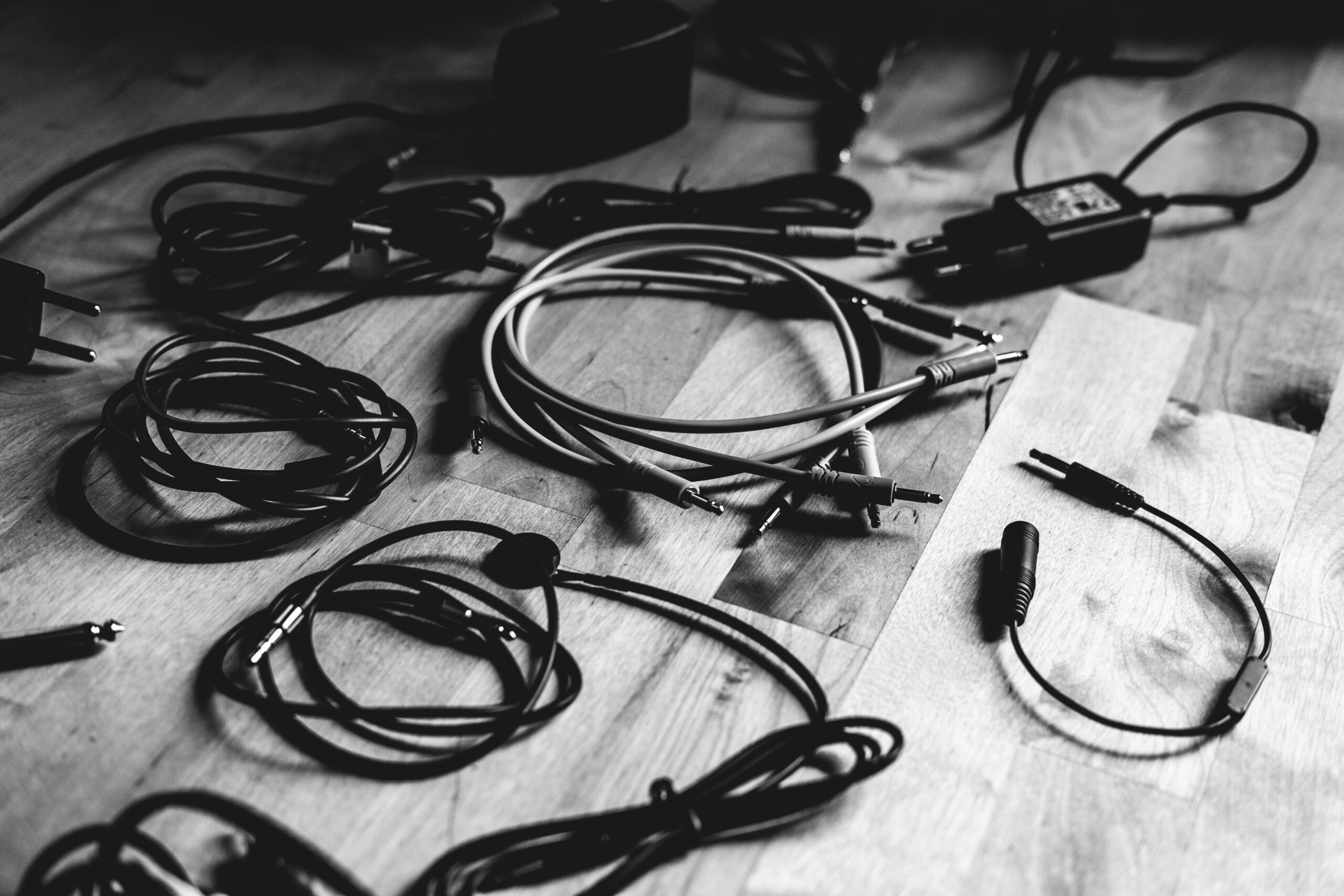
9. Most surprising tip/trick/technique that you’ve discovered about a bit of kit?
I have no real tricks (being self-taught), but I have learned a lot thanks to the various online communities (for Norns and Organelle) and I wanna say thanks to all those who spent time and energy creating new scripts and patches!
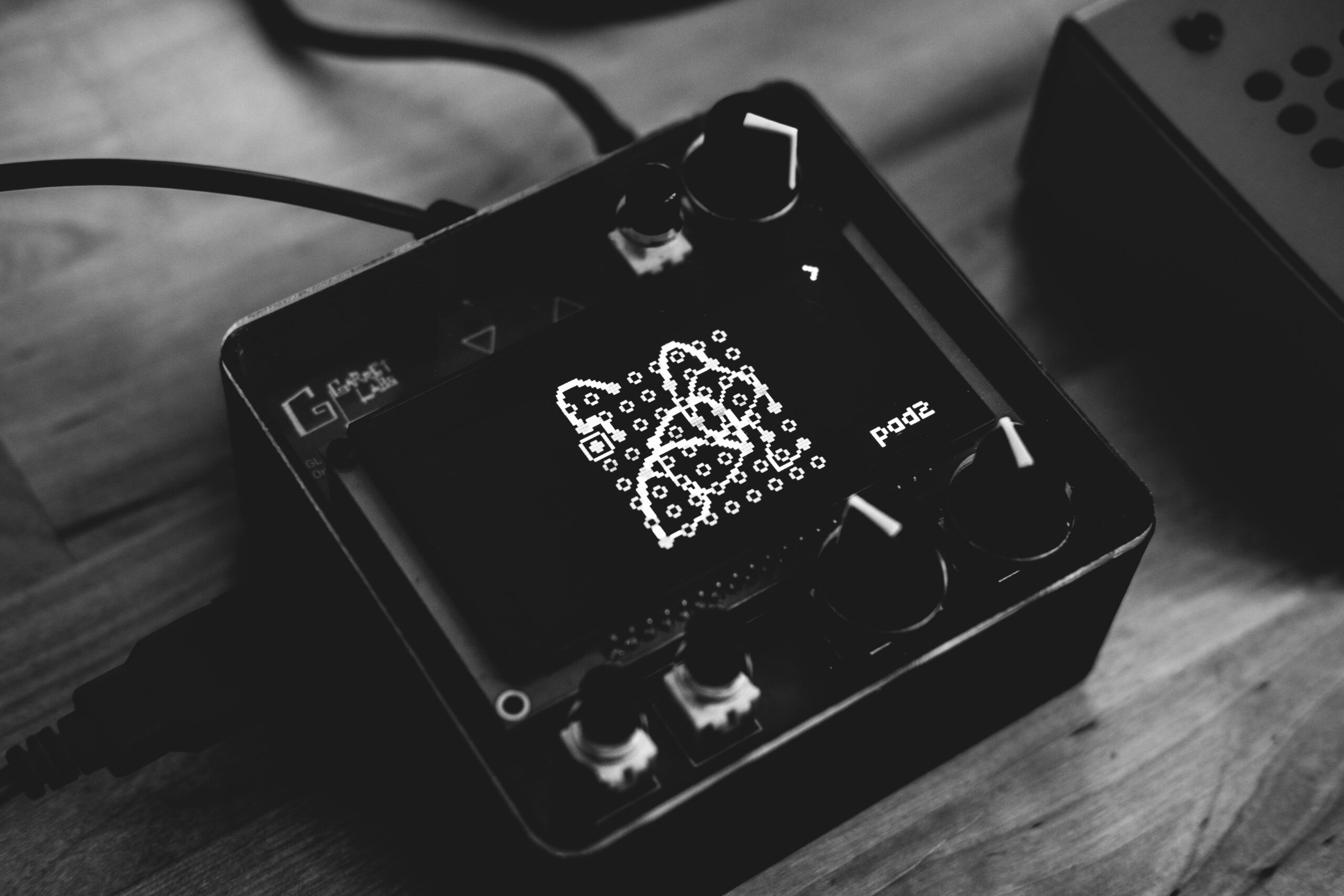
Artist or Band name?
Asymmetric Cut
Genre?
Ambient / Soundscape / Drone
Selfie?
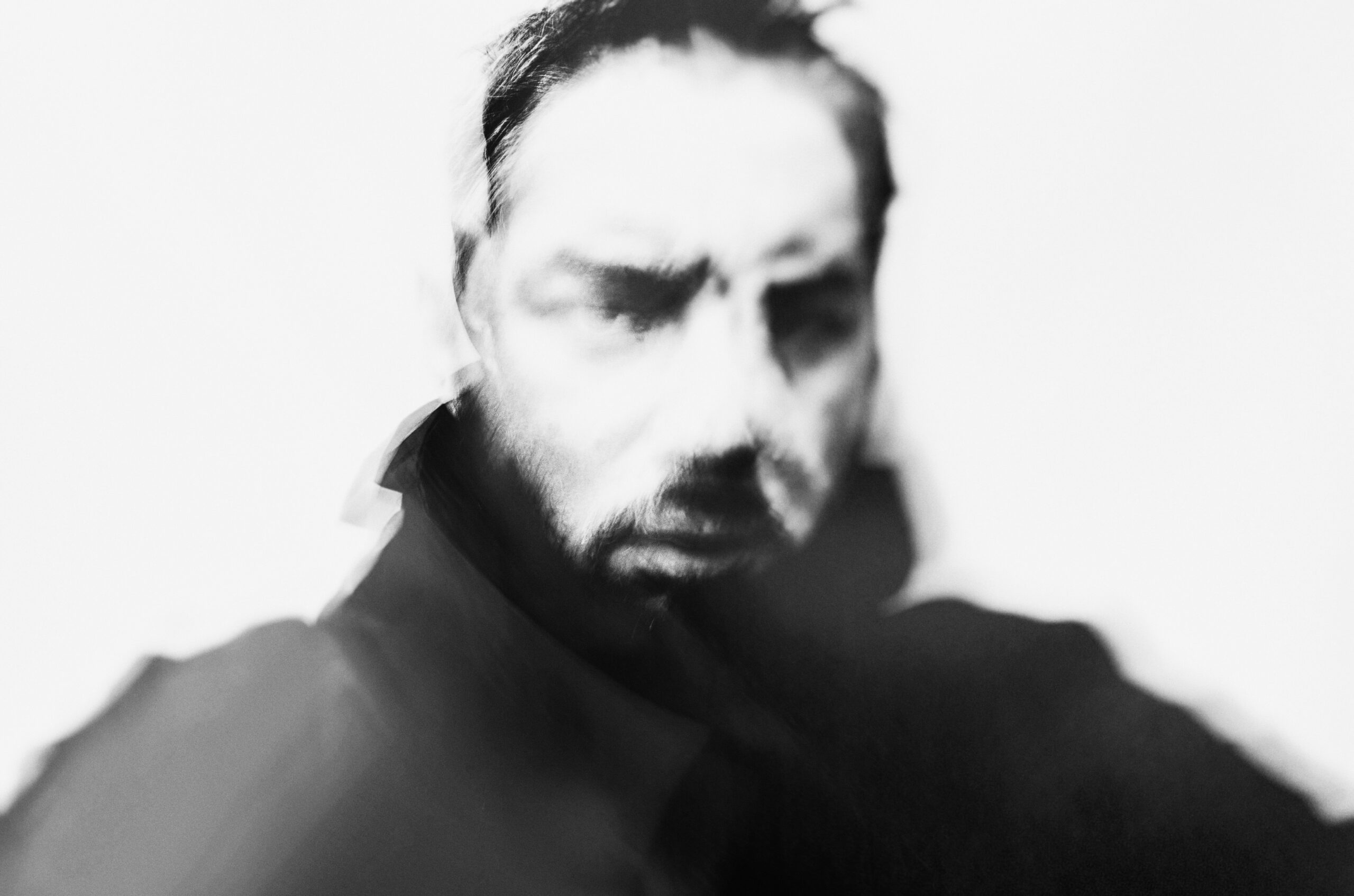
Where are you from?
Italy
How did you get into music?
When I was child, I got an xmas gift (Bontempi keyboard) then around 14, playing guitar (hardcore / punk / grunge), then I dive into electronic music with FastTracker 2 on 486 PC.
Later with different gear, such as samplers (E-mu ESI-32 and Boss SP-202) and grooveboxes (Roland MC-303 and MC-505).
What still drives you to make music?
I’m not a professional musician (I’m photographer and teacher), so for me it’s just something to relax, make something (hopefully good) and with the social media, make connections and know nice and talented people (like you and many others).
How do you most often start a new track?
Depends of my mood, but usually I start with the Norns Shield or /with Organelle M and the MicroFreak through the MS 70-CDR, layering some sounds and working on, till I’m ok with the result.
How do you know when a track is finished?
I usually start listening to it many times to understand if I have skipped any steps or made some drafting errors, then I let it settle, like wine and decide if it is usable or not.
Show us your current studio
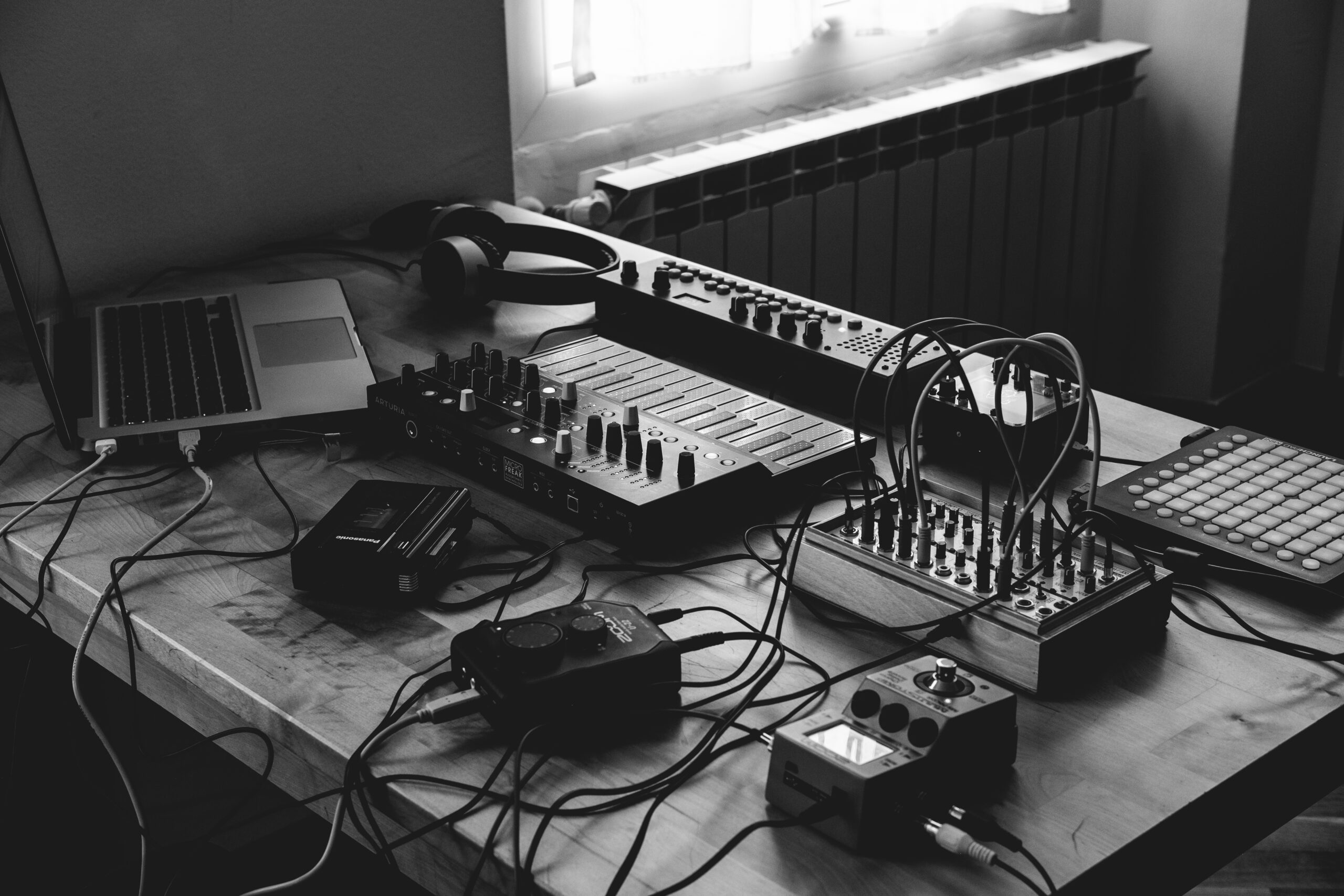
I don’t have studio or studio space in my little apartment, so every time I wanna play I set everything on the living room / work / eating table.
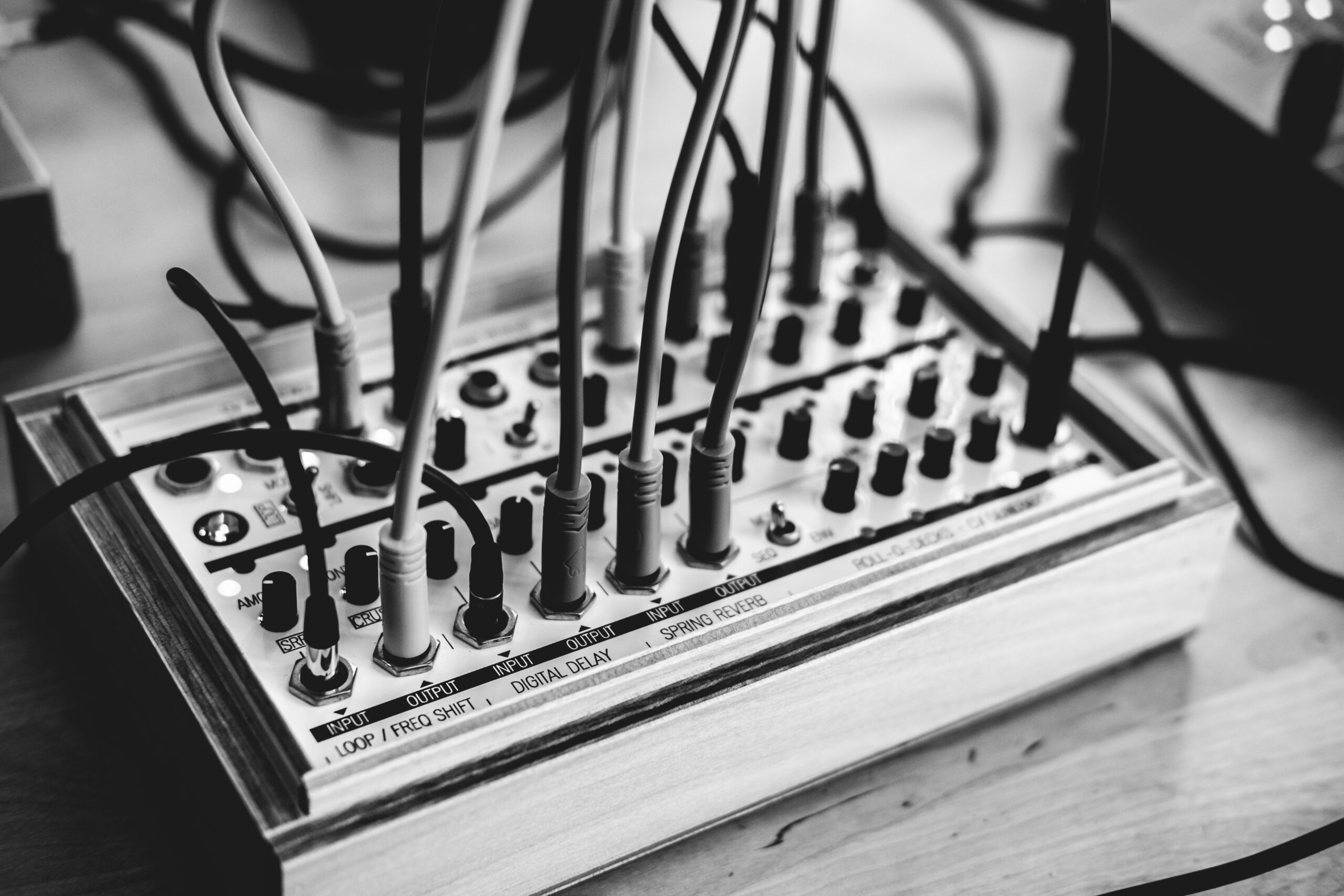
Best creative advice that you’ve ever heard?
For me works very well the Samuel Beckett’s quote: “Try again. Fail again. Fail better”.
So this kind of mantra could be … try, try, try, don’t be afraid to fail and then try again, having learned something valuable from your experience.
Eventually it goes without saying, you will achieve success.
Promote your latest thing… Go ahead, throw us a link
Instagram: https://www.instagram.com/asymmetric_cut/
Bandcamp: https://asymmetriccut.bandcamp.com/
SoundCloud: https://soundcloud.com/asymmetriccut
